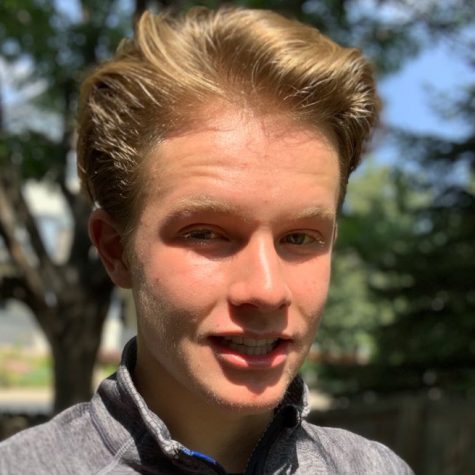How Does a Pandemic End?
Historical catastrophes such as the Black Death and the 1918 flu pandemic may provide answers to how the COVID-19 pandemic will conclude.
In 1854, one of the world’s earliest epidemics was effectively ended when London resident John Snow removed the handle from the city’s public water pump, preventing the spread of cholera through germ theory. Although it’s highly unlikely that the COVID-19 pandemic will be eradicated in such a simple and hasty manner, we assume it will eventually run its course. Someday, somehow, the COVID-19 pandemic will be a thing of the past. But how exactly do we get to that point?
History has demonstrated that there are three major ways pandemics are concluded. The first is the well-known strategy of extending a vaccine over a large enough scope to ensure that enough people are immune to eradicate community spread. While this has proven operative in the past with events like the eradication of smallpox, what many fail to comprehend is that vaccines take a huge amount of time to develop; the development of the vaccine for smallpox began nearly 200 years before its release. While the COVID-19 vaccine will certainly take less time due to improvements in technology, people shouldn’t get their hopes up that this will be the concluding solution with a widely available vaccine unlikely until summer 2021.
Another effective solution to ending the pandemic would be to establish a concrete, extensive test-and-trace system to eliminate all COVID-19 restrictions except at a very localized level like what is happening in several Asian countries currently. This would result in COVID-19 regressing to an endemic infection and fading from the public eye, similar to how the influenza pandemics of the 20th century are now only present in the modern common cold and flu.
The final way that the COVID-19 pandemic would fully run its course is if it eventually infected enough people worldwide that there were no longer enough susceptible people to maintain the spread. This is what was thought to have happened with the 1918 flu pandemic, with conditions ensuring there was nowhere for the virus to go, a concept known as “herd immunity.” But while the 1918 flu-infected roughly a third of the world population; COVID-19 has so far infected only about half a percent. For this reason, this particular strategy has been especially criticized, as the rate of infection we would need to see would result in utter catastrophe globally, overwhelming hospitals and damaging economies beyond repair.
The ultimate nightmare scenario would be that COVID-19 never truly fades completely, and instead returns repeatedly over the years in different forms. While extremely rare, this scenario does have a historical precedent in the return of the 14th Century Black Death repeatedly throughout the years between 1347 and 1353.
So which of the above scenarios is most likely to occur with the COVID-19 pandemic? According to experts, more likely a mixture of a few rather than one in particular. Howard Markel, director of the Center for the History of Medicine at the University of Michigan, predicts that the pandemic won’t officially be over until a vaccine and certain benchmark of exposure are established globally, testifying, “We’re not certain but we’re pretty darn sure.” Shelly Miller, a local expert on airborne infectious disease engineering controls, agrees saying “The only effective way to end this pandemic is to have a vaccine utilized by a large proportion of the population, ideally 60 percent, since a test-and-trace system would no longer be effective for our national situation.”
Despite whether these predictions prove accurate, the effects of the COVID-19 pandemic are likely to persist past the medical conclusion, especially those related to culture, economy and politics. These impacts are not likely to be small in scope either; instead, they’ll likely create drastic changes in the very foundation of society, similar to how the Black Death resulted in the end of the feudal system and inspired a variety of artistic movements.
At the end of the day, while decreasing the length of the pandemic is realistically impossible, there are many ways to decrease the impact that it will have in the long run on our collective lives. Mask wearing, handwashing, quarantining/isolating and closing public spaces are among the many actions individuals and communities can take to ensure that when the pandemic finally does end, it leaves behind more than a graveyard.

Luke Leiden is a senior at Boulder High School and a new recruit to the BHS Owl team. Although Luke enjoys a variety of subjects and disciplines of knowledge, there is a special place in his heart for journalism and the power that it holds in modern society. Luke hopes to grow a lot as a writer and team player during his time in the newspaper, while also refining additional leadership and professional skills. In his free time, Luke enjoys torturing his body through long runs and sprint workouts, reading novels about post-apocalyptic societies, and sleeping through Netflix Originals. He also loves spending time with friends and family in the rain, ideally while hiking or attempting to construct...


